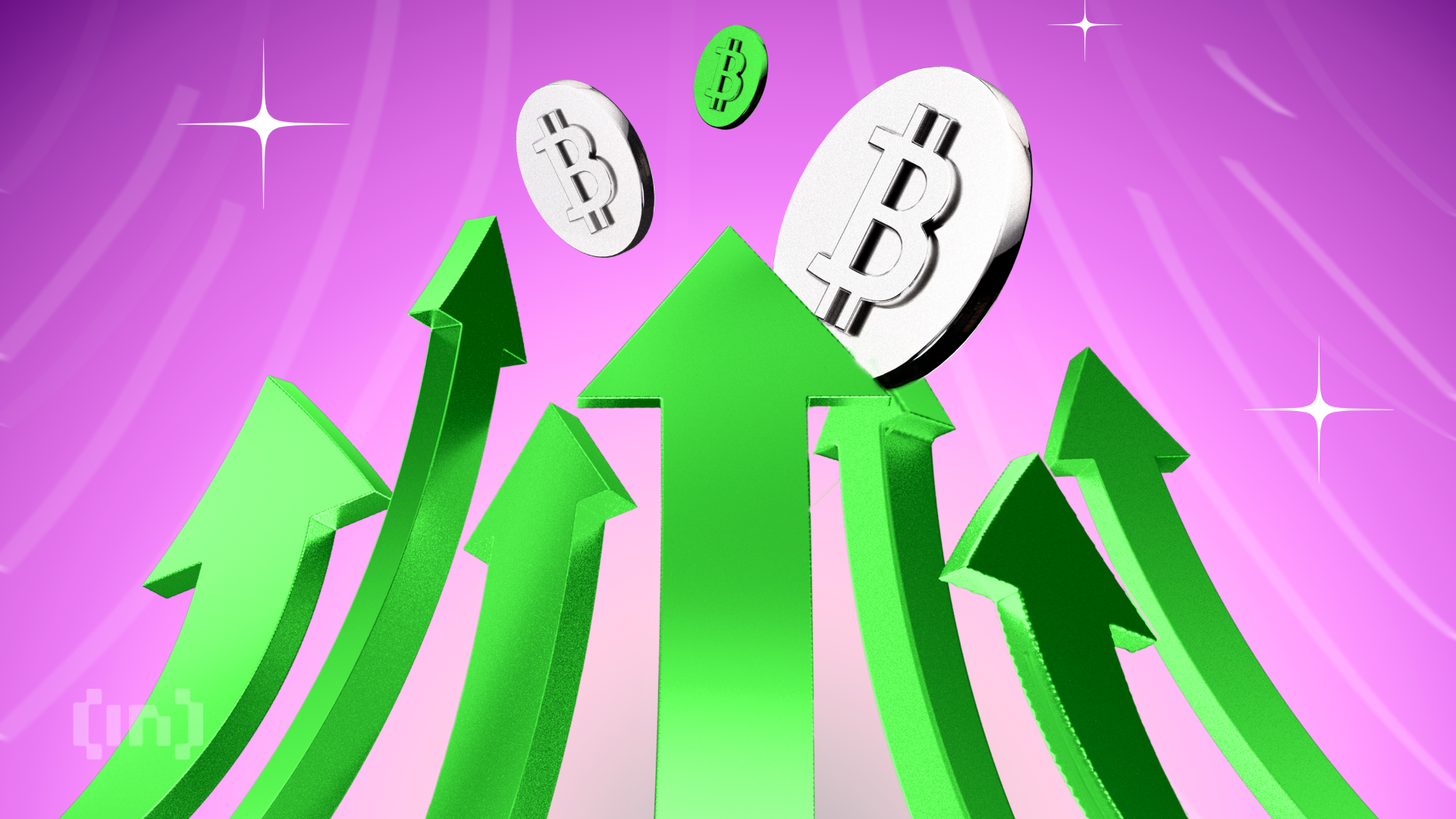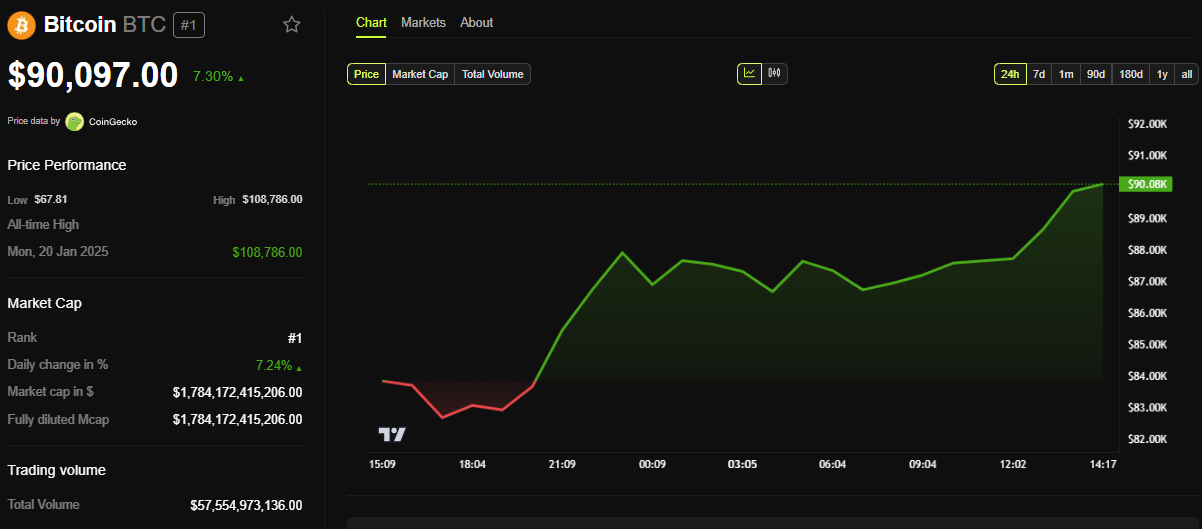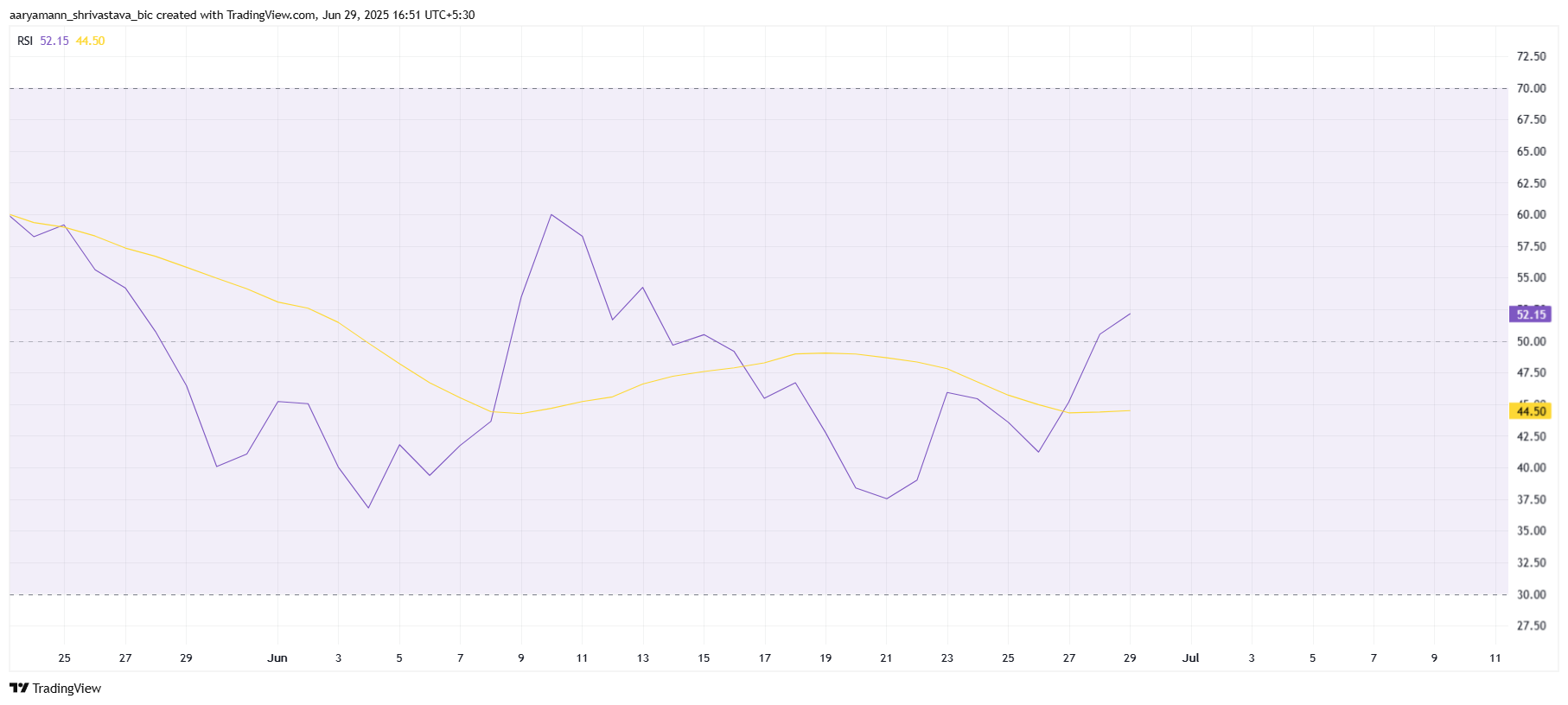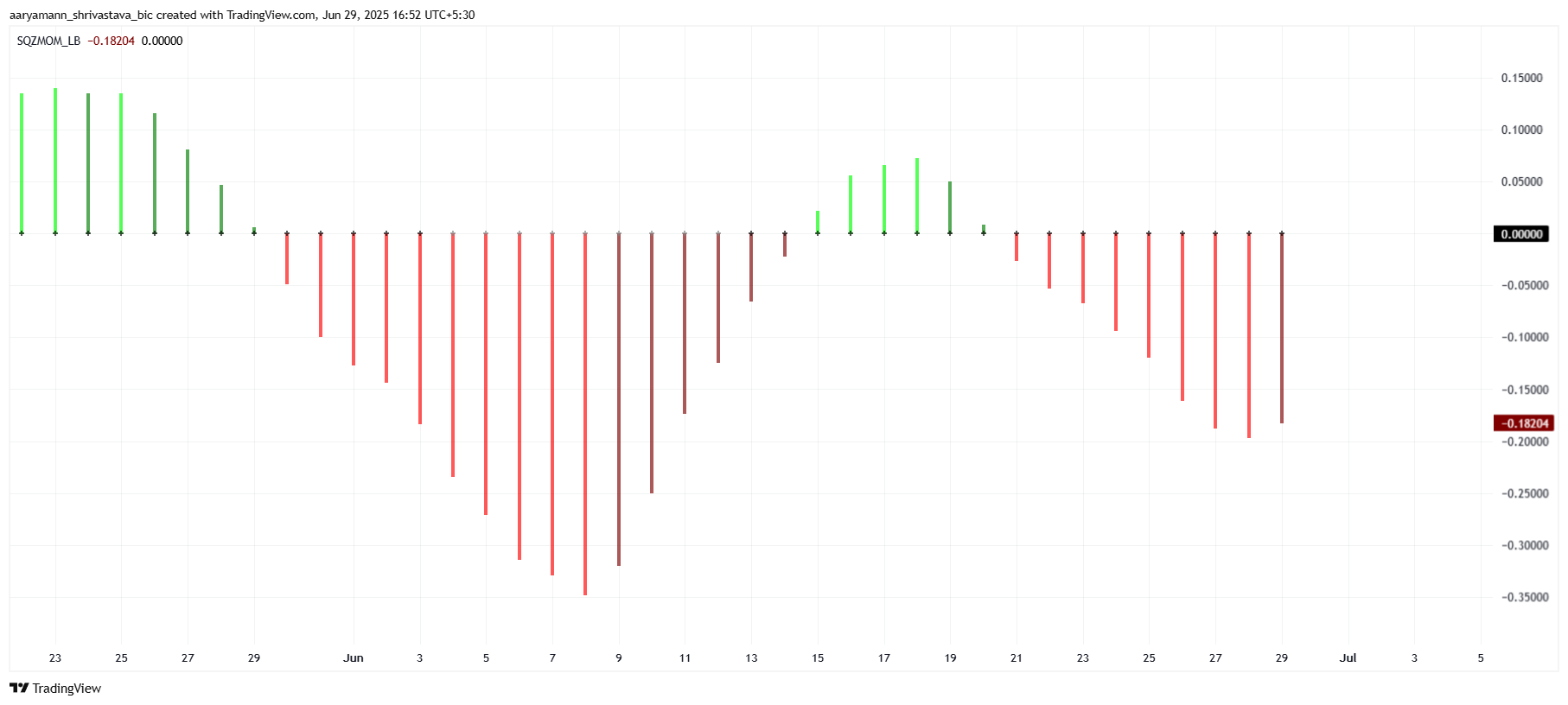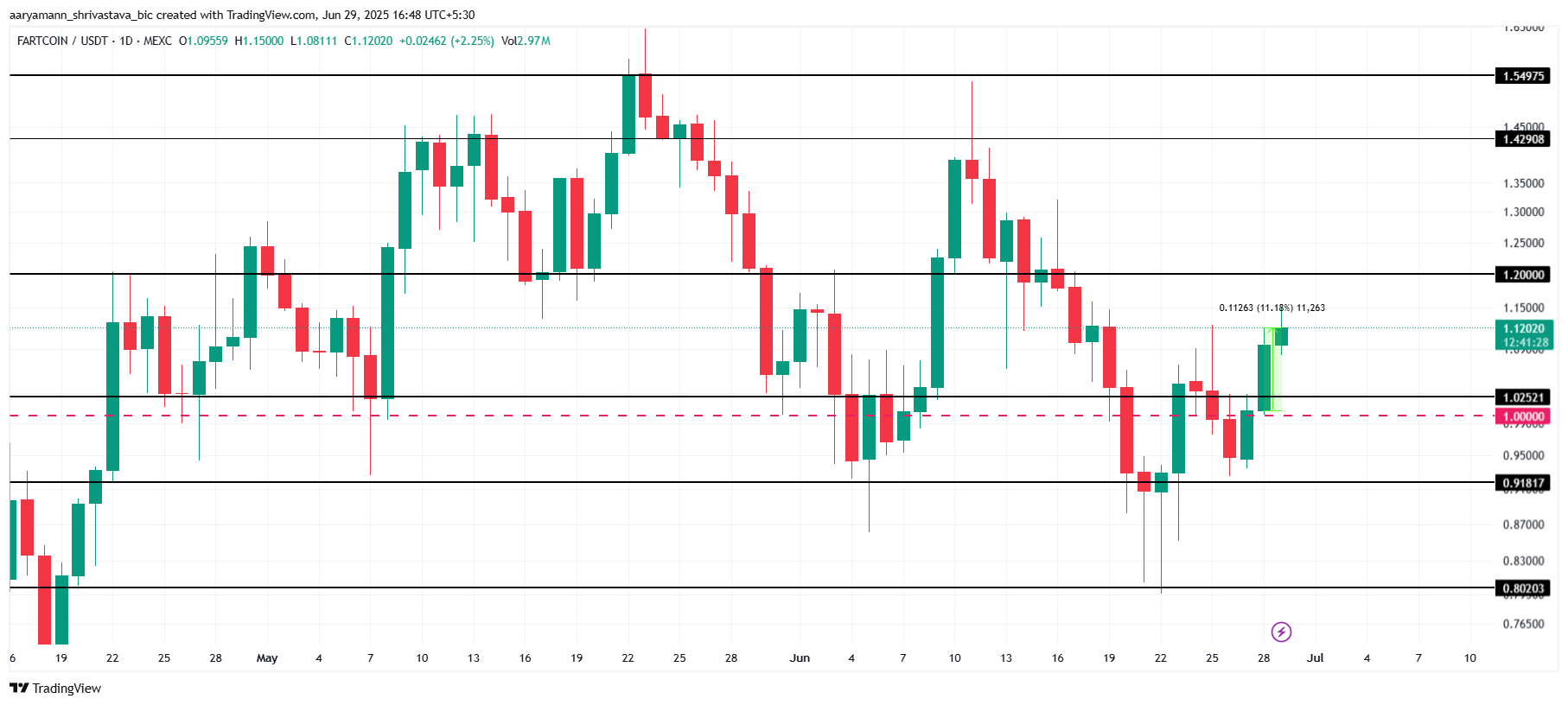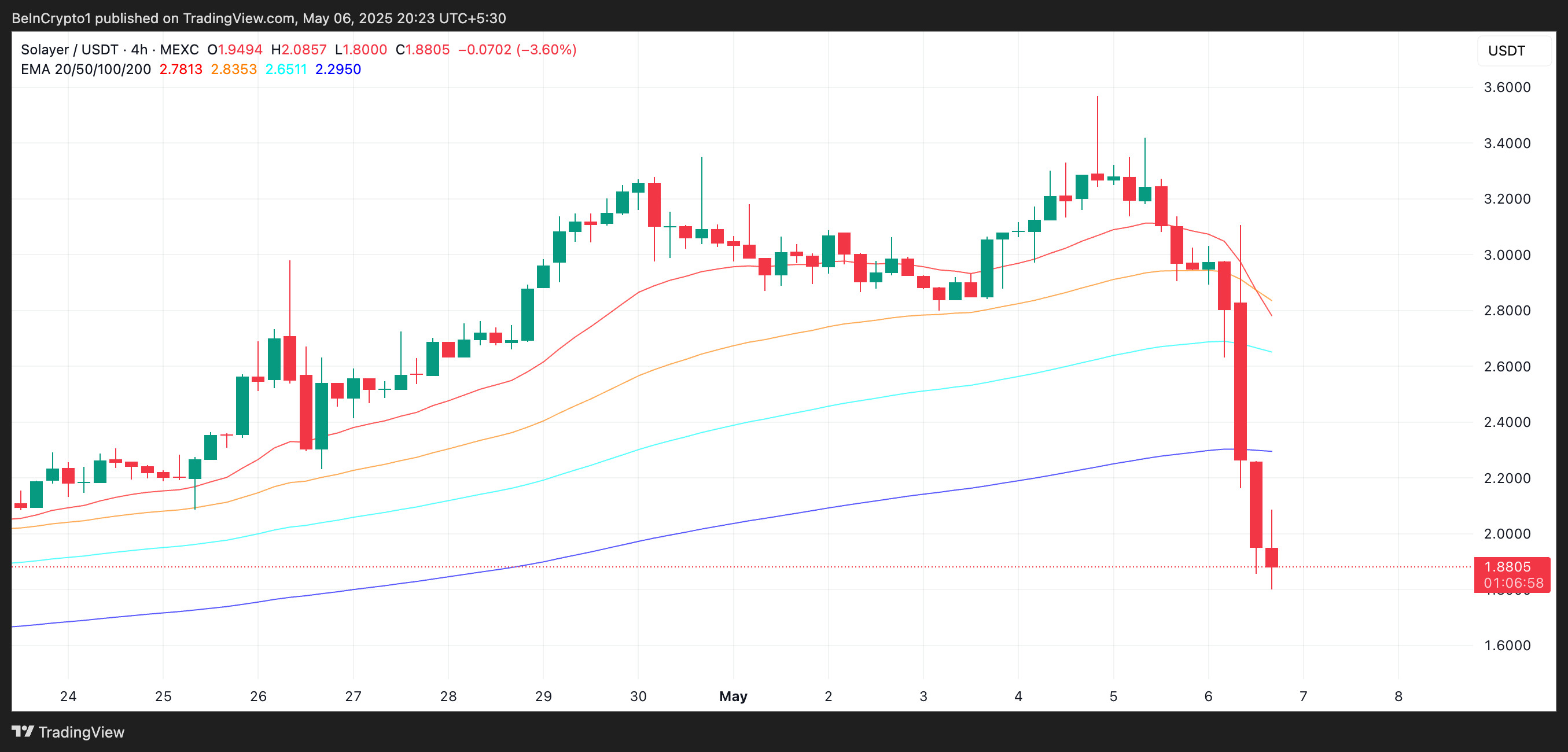Kraken, one of the largest crypto exchanges in the United States, has officially listed BNB, the native token of the BNB Chain ecosystem developed by Binance.
This move has captured the attention of the crypto community. Still, it is also seen as a strategic turning point, potentially paving the way for a wave of BNB listings on other US exchanges like Coinbase, Gemini, and more.
Legal Landscape: From Barriers to Opportunities
US exchanges sidelined BNB for a long time due to legal concerns surrounding Binance, its parent company. In 2023, the US Securities and Exchange Commission (SEC) filed a lawsuit against Binance, alleging the issuance of unregistered securities, including BNB.
This legal scrutiny made many exchanges hesitant to list the token due to potential regulatory risks.
However, a turning point came in late 2024 when Binance settled with US authorities. The exchange agreed to pay a $4.3 billion fine and implement stricter compliance reforms. This resolution largely cleared the “legal hurdle” for BNB, potentially influencing Kraken’s decision to list the token.
Regulatory Clarity Boosts Altcoins
Kraken’s listing of BNB may not be an isolated event. It reflects a broader shift in the regulatory environment for cryptocurrencies in the United States. In January 2024, the SEC approved a series of spot Bitcoin ETFs—a milestone hailed as a “historic moment” that legitimized Bitcoin and other digital assets in the eyes of institutional investors.
As regulators establish clearer frameworks for digital assets, the US market is gradually opening up to altcoins, including BNB.
With positive developments under President Donald Trump’s administration following his inauguration, this could be an opportune moment for other exchanges to reassess their stance on BNB.
BNB Chain and Its DeFi Potential
Beyond being a native token, BNB powers one of the fastest-growing blockchain ecosystems—BNB Chain. According to BNB Chain’s weekly ecosystem report, in the first week of April 2025 alone, the network recorded over 3.3 million daily active users.
The total transaction value surpassed $7.1 billion. Major DeFi, GameFi, and AI projects are thriving on this platform.
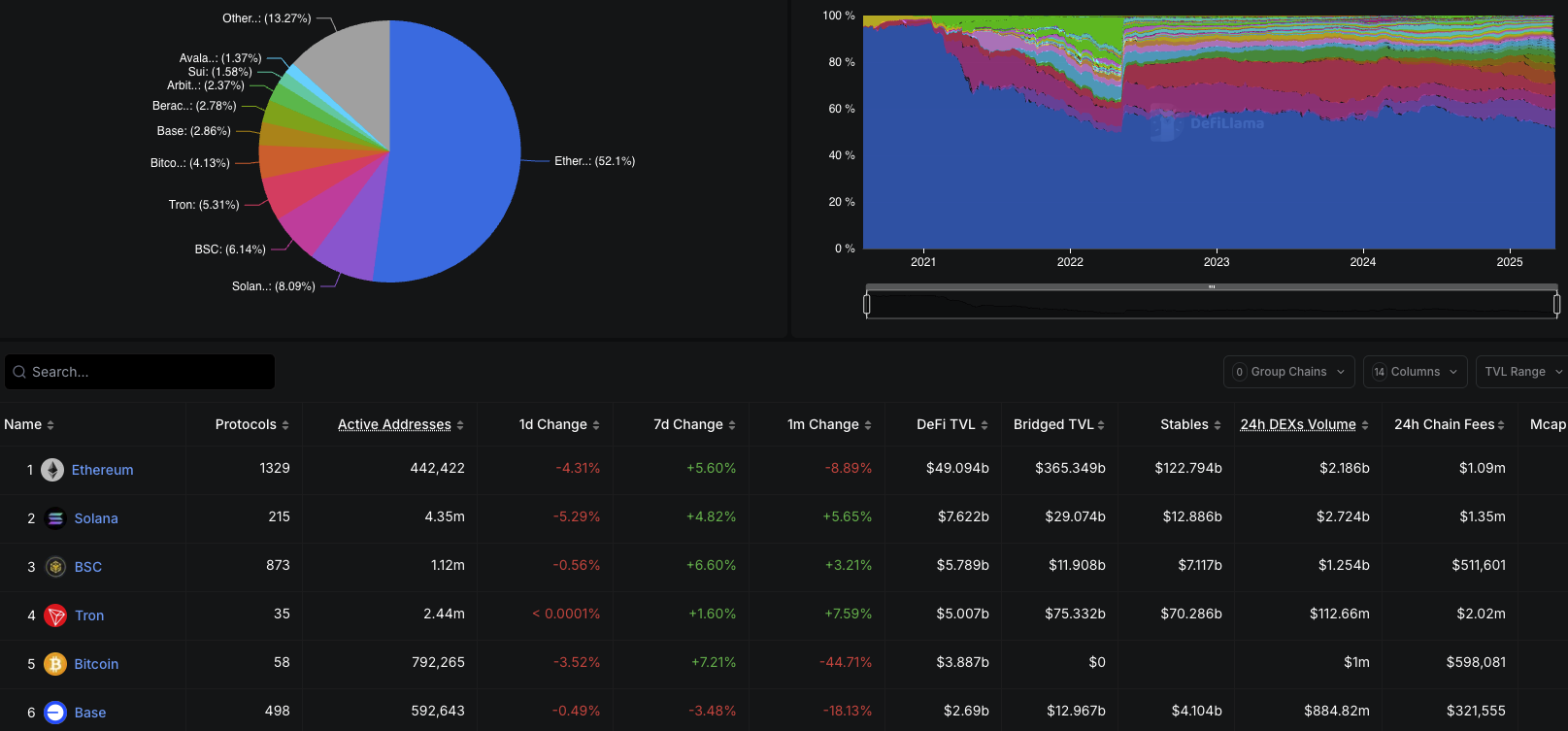
Moreover, BNB Chain is implementing notable technical advancements in its 2025 roadmap. They plan to reduce block processing times to under 1 second, enabling gasless transactions and integrating artificial intelligence (AI) into decentralized applications (dApps). These factors make BNB a strategic asset for exchanges, attracting DeFi users.
Kraken’s decision to list BNB could trigger a domino effect across the industry. It signals that US exchanges may begin to recognize BNB as a legitimate and high-potential asset. This also reflects a shift in the strategy of US exchanges—from a defensive stance against legal risks to a proactive approach to leveraging the potential of the Web3 ecosystem.
The post Kraken Lists BNB: A Sign of Changing Regulatory Winds in the US? appeared first on BeInCrypto.


